- Eng
- Deu
- Fra
Understanding Waste Pumps How They Work and Their Importance in Modern Waste Management
In the realm of modern waste management, waste pumps play a pivotal role in ensuring efficient and effective waste disposal processes. As global waste generation continues to rise, with estimates indicating a staggering 2.01 billion tons produced in 2018 alone, the need for reliable waste handling solutions has never been more pressing. According to the World Bank, this figure is projected to reach 3.40 billion tons by 2050, highlighting the urgency for advanced technologies in waste processing. Waste pumps are engineered to transport wastewater and solids from one location to another, streamlining operations in municipal and industrial settings. Their significance is further underscored by their ability to minimize contamination risks and enhance overall system reliability.
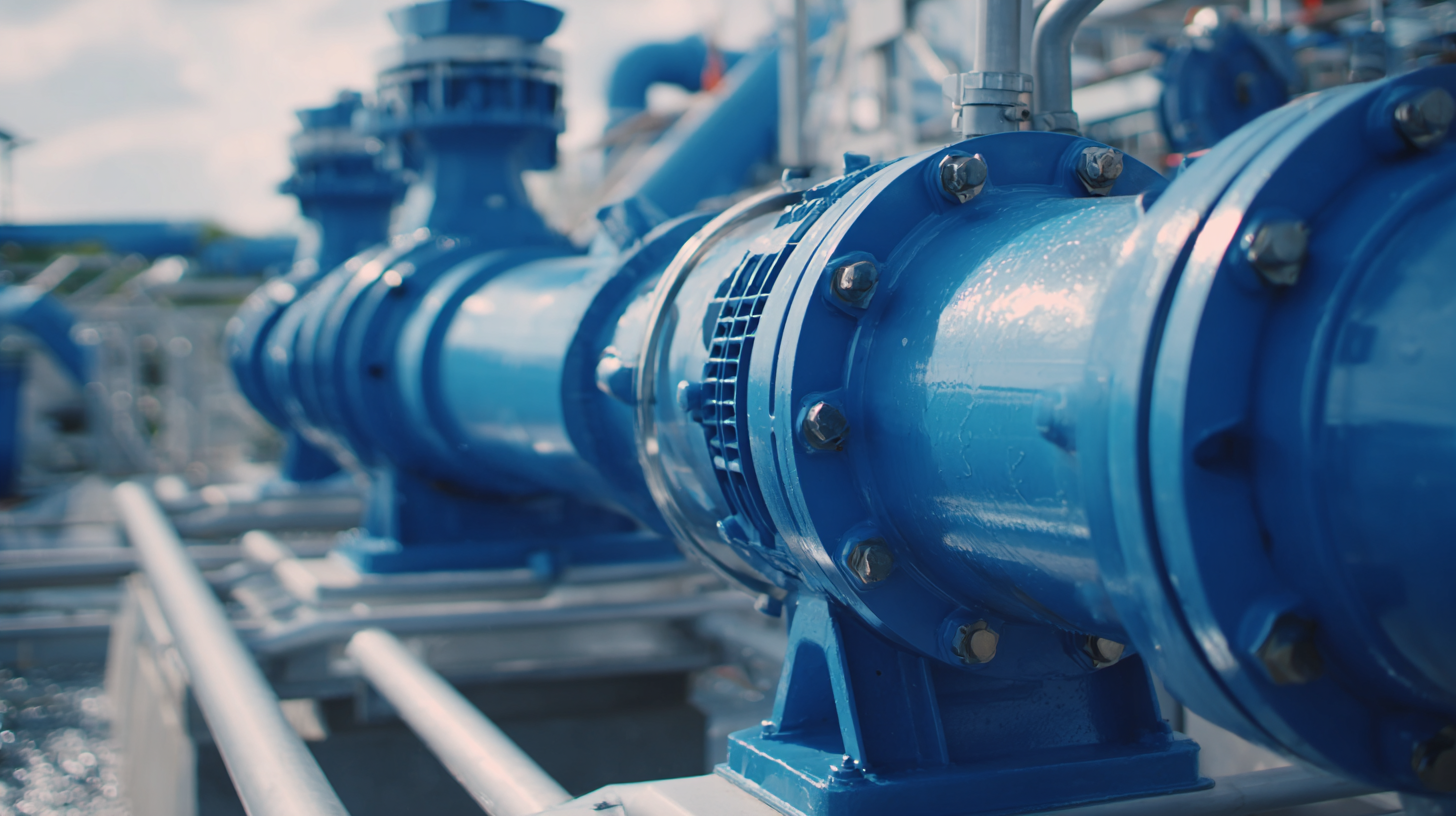
As we delve into the intricacies of how these pumps function and their essential role in waste management, we will also explore practical tips for selecting and maintaining these critical components to ensure optimal performance.
Understanding Waste Pumps: Essential Components of Waste Management Systems
Understanding waste pumps is crucial for effective waste management systems, as they play a pivotal role in transporting waste materials from various sources to treatment facilities. These pumps are specifically designed to handle a variety of waste types, including liquid and semi-solid materials, which are common in both residential and industrial settings. A waste pump's primary function involves the movement of waste through pipelines, ensuring that it reaches its destination efficiently and safely, thereby preventing potential environmental hazards or health risks associated with waste accumulation.
The essential components of waste pump systems include motors, impellers, seals, and valves, each contributing to the overall functionality of the pump. Motors provide the necessary power to move the waste, while impellers create the flow needed to transport the materials. Seals are critical in preventing leaks, which can lead to contamination and other issues, while valves control the flow direction and pressure within the system. Together, these components ensure that waste pumps operate smoothly and effectively, making them an indispensable element of modern waste management infrastructure.
Understanding Waste Pumps and Their Role in Modern Waste Management
Mechanisms Behind Waste Pumps: How They Operate Effectively
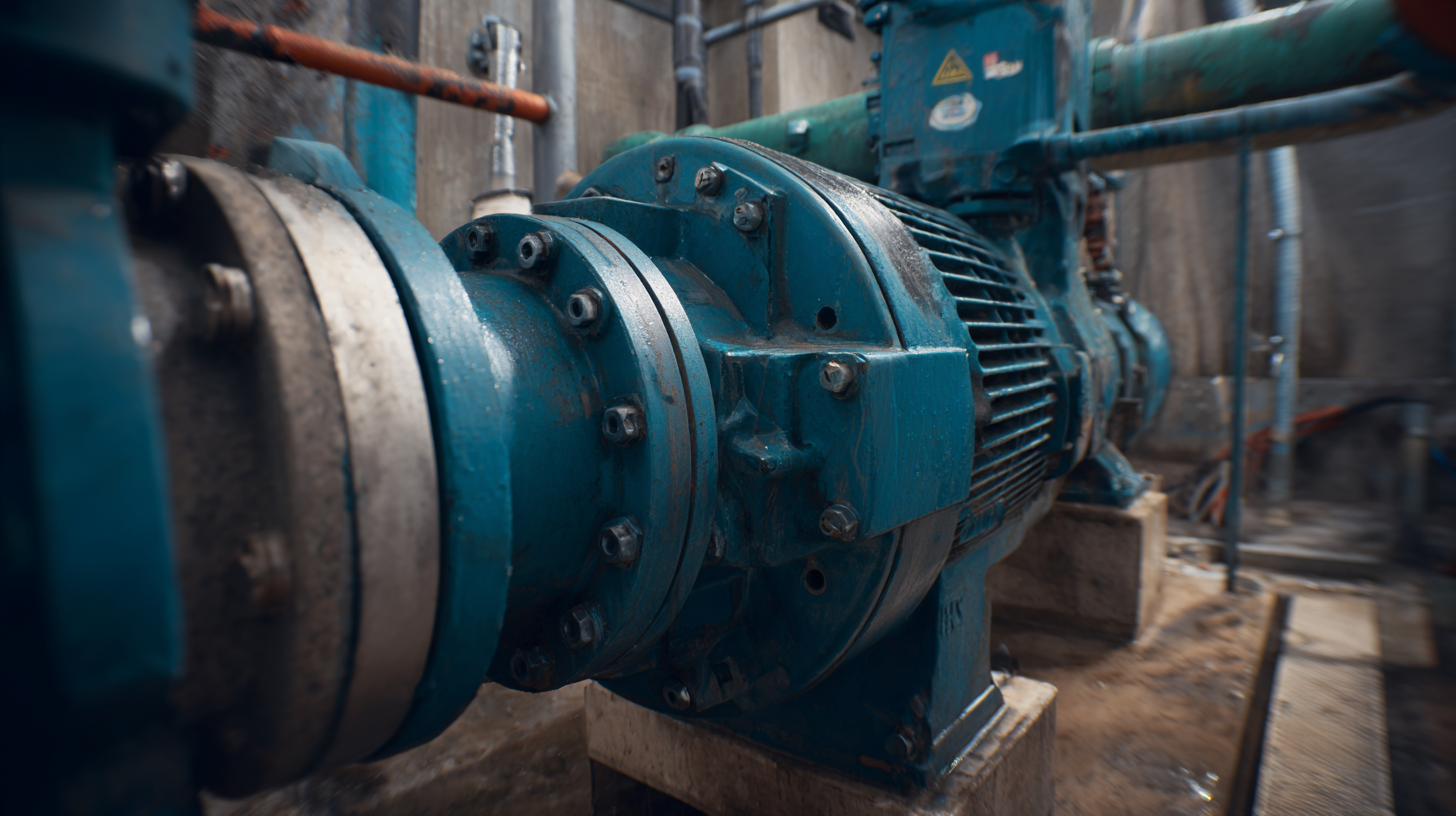 Understanding the mechanisms behind waste pumps is crucial for advancing modern waste management solutions. Waste pumps, including peristaltic and diaphragm pumps, operate on distinct principles that enhance their efficiency in transferring fluids. The peristaltic pump market, for example, is projected to grow from USD 1.97 million in 2025 to USD 2.38 billion by 2030, reflecting a robust CAGR of 3.9%. This growth underscores the increasing reliance on such technologies to manage and mitigate waste effectively.
Understanding the mechanisms behind waste pumps is crucial for advancing modern waste management solutions. Waste pumps, including peristaltic and diaphragm pumps, operate on distinct principles that enhance their efficiency in transferring fluids. The peristaltic pump market, for example, is projected to grow from USD 1.97 million in 2025 to USD 2.38 billion by 2030, reflecting a robust CAGR of 3.9%. This growth underscores the increasing reliance on such technologies to manage and mitigate waste effectively.
Diaphragm pumps, which can be classified into single and double acting, play a vital role in numerous applications due to their ability to handle varying fluid types and conditions. Their operational efficiency contributes significantly to energy savings and sustainability, making them indispensable in the industry. According to market reports, the diaphragm pump segment is expected to see significant expansion as businesses prioritize eco-friendly solutions.
Tips for optimizing waste pump performance include regular maintenance checks to ensure efficiency, employing the right pump type for specific waste fluids, and investing in advanced technologies to minimize energy consumption. Additionally, understanding the operational mechanisms can help operators make informed decisions about system upgrades and replacements.
Key Benefits of Waste Pumps in Modern Sanitation Solutions
Waste pumps play a crucial role in modern sanitation solutions by efficiently managing the removal and transport of waste materials. One of the primary benefits of these pumps is their ability to prevent blockages and overflows in sewer systems. By quickly pumping wastewater away from homes and businesses, they help maintain the cleanliness and functionality of our urban environments. This not only protects public health but also reduces the risk of environmental contamination.
When considering the implementation of waste pumps, it's essential to choose the right type for your specific needs. Tip: Assess the capacity requirements based on the volume of waste generated to ensure optimal performance. Regular maintenance is another significant aspect, as it ensures that pumps operate efficiently and reduces the likelihood of costly repairs.
Another advantage of waste pumps is their versatility in various applications, from residential settings to large industrial facilities. They can handle different types of waste, making them integral to diverse waste management systems. Tip: Explore energy-efficient models that can reduce operational costs while providing reliable service. By investing in high-quality waste pumping systems, communities can enhance their waste management practices and promote a healthier environment.
Comparative Analysis: Different Types of Waste Pumps and Their Applications
Waste pumps play a crucial role in modern waste management systems, ensuring the efficient transport and disposal of various types of waste. In this comparative analysis, we will explore different types of waste pumps, including centrifugal pumps, diaphragm pumps, and screw pumps, highlighting their specific applications and advantages. According to a recent industry report by MarketsandMarkets, the global market for waste pumps is anticipated to reach $4.5 billion by 2026, reflecting an increasing demand for effective waste handling solutions driven by urbanization and stricter environmental regulations.
Centrifugal pumps are among the most commonly used for moving liquid waste due to their simplicity and efficiency. They are ideal for transferring sewage and wastewater in municipal settings. On the other hand, diaphragm pumps, known for handling slurries and viscous fluids, offer superior performance in industrial applications, particularly in chemical processing. The versatility of screw pumps, which can handle both liquids and solids, makes them essential for specialized applications in sectors such as food processing and mining. The adoption of these different types of waste pumps is paramount for optimizing waste management processes, thereby supporting sustainability efforts across various industries.
Understanding Waste Pumps: How They Work and Their Importance in Modern Waste Management
| Type of Waste Pump | Operating Principle | Common Applications | Advantages | Limitations |
|---|---|---|---|---|
| Centrifugal Pump | Uses centrifugal force to move fluids | Sewage systems, industrial waste disposal | High efficiency, suitable for large volumes | Not ideal for viscous fluids |
| Positive Displacement Pump | Moves fluid by trapping a fixed amount and forcing it out | Grease and oil handling, sludge management | Effective for high-viscosity fluids | Can be less efficient at high speeds |
| Submersible Pump | Designed to be submerged in the fluid being pumped | Basements, sewage treatment plants | Space-saving, prevents flooding | Maintenance can be difficult |
| Diaphragm Pump | Uses a diaphragm to create a vacuum that moves fluid | Chemical processing, food industry | Can handle corrosive fluids | Lower flow rates compared to other pumps |
Future Trends in Waste Pump Technology for Sustainable Waste Management
The future of waste pump technology is poised for significant advancements aimed at enhancing sustainability in waste management. As urbanization continues to rise, efficient waste transportation systems are crucial for minimizing environmental impact. Innovations such as smart pumps equipped with IoT (Internet of Things) technology are becoming more prevalent, allowing for real-time monitoring and optimization of waste collection processes. These systems not only reduce energy consumption but also improve operational efficiency by predicting maintenance needs and preventing potential system failures.
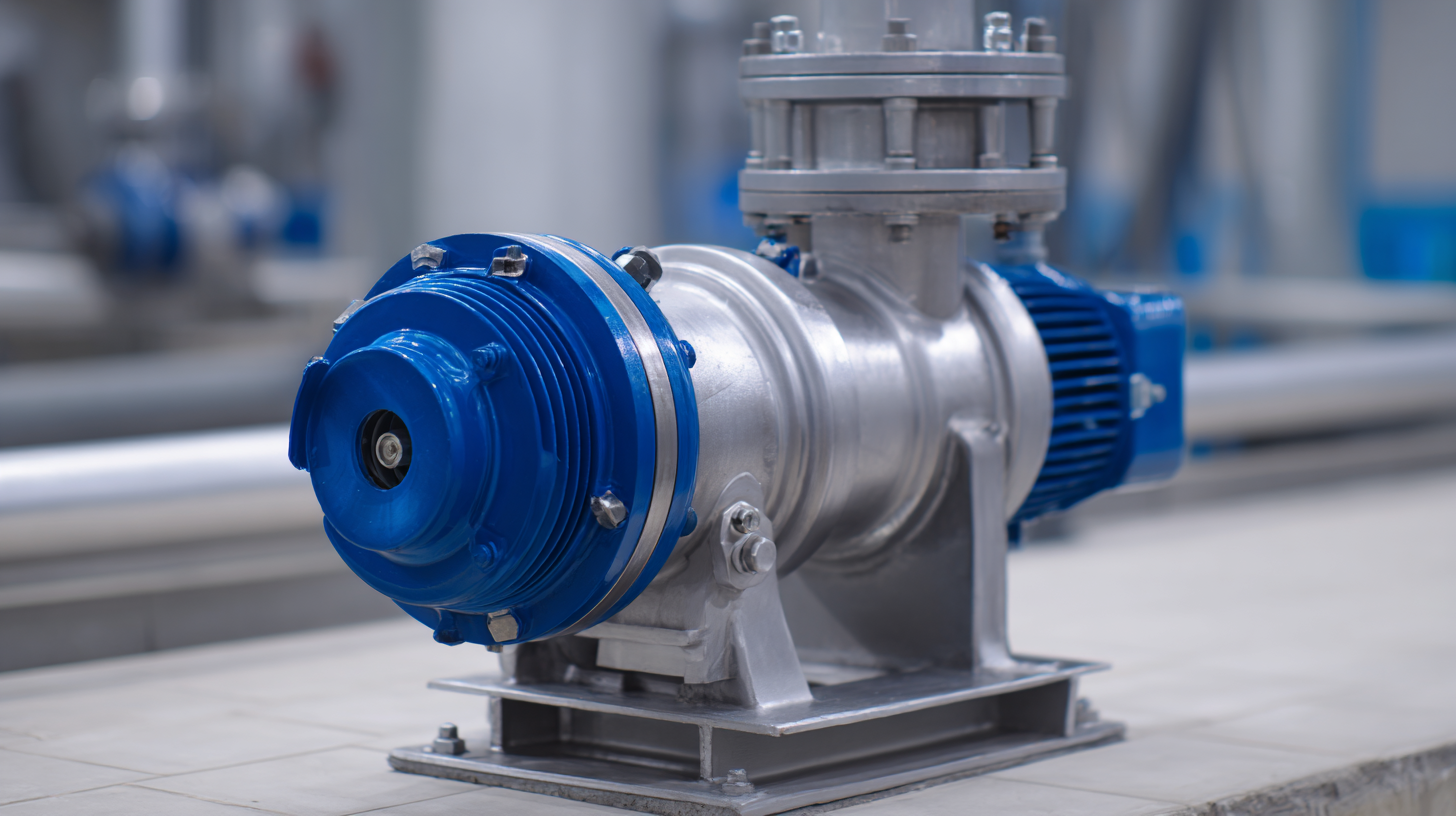
Moreover, the integration of renewable energy sources into waste pump operations is gaining traction. Solar-powered pumps and those that utilize kinetic energy from waste movement exemplify how the industry is shifting towards greener solutions. Additionally, advancements in materials science are leading to the development of more durable and corrosion-resistant components, thereby extending the life span of waste pumps and reducing the need for frequent replacements. This commitment to sustainability in waste pump technology reflects a broader trend in environmental stewardship, positioning waste management as an integral part of a circular economy.
Related Posts
-

Understanding the Science Behind Rotary Vane Vacuum Pumps for Industrial Applications
-

The Essential Guide to Understanding Vacuum Pumps for Everyday Use
-
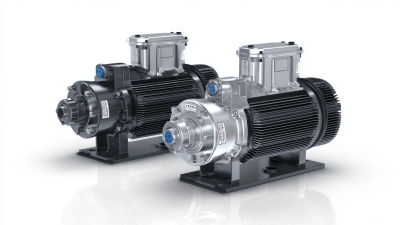
Understanding the Essential Performance Metrics of Rotary Vane Vacuum Pumps for Optimal Industrial Applications
-
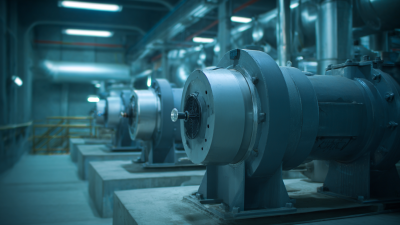
The Impact of Vacuum Blowers on Reducing Environmental Noise Pollution
-
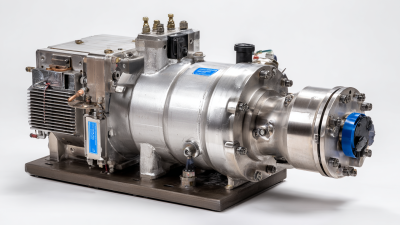
The Essential Guide to Understanding Oil Vacuum Pumps and Their Applications in Industry
-
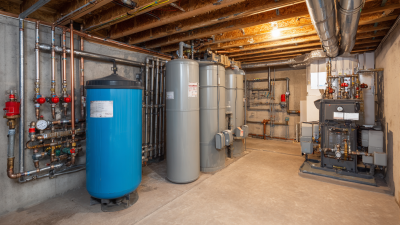
Exploring the Benefits of Tank Vacuum Systems: A Comprehensive Guide for Homeowners
